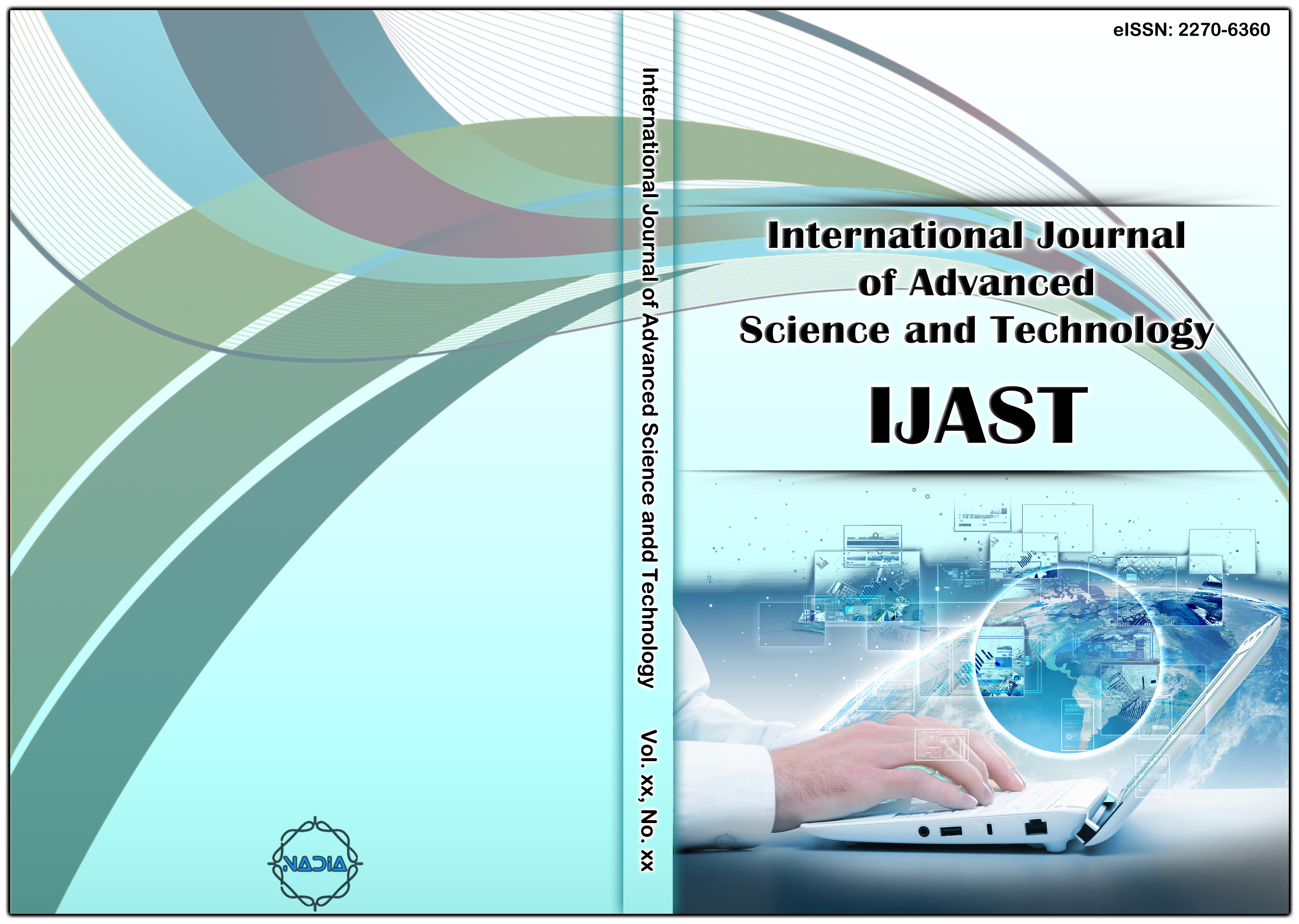[1] Mukhsar.”The Bayesian Zero-Inflated Negative Binomial (Τ) Spatio-Temporal Model to Detect an Endemic DHF Location”, Far East Journal of Mathematical Sciences (FJMS), Pushpa Publishing House, vol. 109, (2018), pp. 357-372
[2] Mukhsar, Iriawan, N., Ulama, B. S. S., and Sutikno, “New Look for DHF Relative Risk Analysis Using Bayesian Poisson-Lognormal 2-Level Spatio-Temporal”, International Journal of Applied Mathematics and Statistics, SECER Publication, ISSN: 0973-1377 (Print), ISSN: 0973-7545 (Online), vol. 47, no. 17, (2013), pp. 39-46.
[3] Mukhsar, Abapihi, B., Sani, A., Cahyono, E., Adam, P., and Abdullah, F. A. “Extended Convolution Model to Bayesian Spatio-Temporal for Diagnosing DHF Endemic Locations”, Journal of Interdisciplinary Mathematics, Taylor & Francis, ISSN:0972-0502 (Print) 2169-012X (online), vol. 19, no. 2, (2016), pp. 233-244.
[4] Sani, A. Abapihi, B., Mukhsar, and Kadir, “Relative Risk Analysis of Dengue Cases Using Convolution Extended into Spatio-Temporal Model”, Journal of Applied Statistics (2015), Taylor & Francis.
[5] Clancy, D. A., “Stochastic SIS Infection Model Incorporating Indirect Transmission”, J. Appl. Probab., vol. 42, (2005), pp. 726-737.
[6] Esteva, L., and Vargas, C., “Analysis of a Dengue Disease Transmission Model”, Math. Biosci., vol. 150, (1998), pp. 131-151.
[7] Knorr-Held, L. and Besag, J., “Modelling Risk from a Disease in Time and Space”, Stat. Med., vol. 17 (1998), pp. 2045-2060.
[8] Ideris, S., H, Malim, M., R, and Shaadan, N., “A stochastic model for relative risk estimation of leptospirosis in Malaysia”, Journal of Physics: Conference Series 1366 (2019) 012118, IOP Publishing doi:10.1088/1742-6596/1366/1/012118.
[9] Samat, N. A., and Percy, D. F., “Vector-Borne Infectious Disease Mapping with Stochastic Difference Equations: An Analysis of Dengue Disease in Malaysia”, Journal of Applied Statistics, vol. 39, no. 9, (2012), pp. 2029-2046. DOI: 10.1080/02664763.2012.700450.
[10] Boehning, D., Dietz, E., and Schlattmann, P., “Space–Time Mixture Modelling of Public Health Data”, Stat. Med., vol. 19, (2000), pp. 2333-2344.
[11] Clancy, D., and O’Neill, P., D., “Bayesian Estimation of the Basic Reproduction Number in Stochastic Epidemic Models”, Bayesian Anal., vol. 3, (2008), pp. 737-758.
[12] Bernardinelli, L., Clayton, D., G., Pascutto, C., Montomoli, C., Ghislandi, M., and Songini, M., “Bayesian Analysis of Space–Time Variation in Disease Risk”, Stat. Med., vol. 14, (1995), pp. 2433-2443.
[13] Lawson, A., B., Browne, W., J., and Rodeiro, V., C., L., “Disease Mapping with WinBUGS and MLwiN”, John Wiley &Sons, Chichester, UK, (2003).
[14] Lawson, B. A., “Bayesian Disease Mapping: Hierarchical Modeling in Spatial Epidemiology”, CRC Press, Chapman&Hall, (2008).
[15] Lee, H., L. and Singh, I., K., “Sequential Sampling for Aedes Aegypti and Aedes Albopictus Adults: Its Use in Estimation of Vector Density Threshold in Dengue Transmission and Control”, J. Biosci., vol. 2, (1991), pp. 9-14.
[16] O’Neil, P.D. “A Tutorial Introduction to Bayesian Inference for Stochastic Epidemic Models Using Markov Chain Monte Carlo Methods”, Math. Biosci., vol. 180, (2002), pp. 103-114.
[17] Addy, C. L., Longini, I., M., Jr., and Haber, M., “A Generalized Stochastic Model for the Analysis of Infectious Disease Final Size Data”, Biometrics, vol. 47, (1991), pp. 961-974.
[18] Cahyono, E., Mukhsar, Elastic, P., “Dynamics of Knowledge Dissemination in a Four-Type Population Society”, Far East Journal of Mathematical Sciences (FJMS), Pushpa Publishing House, vol. 102, (2017), pp. 1065-1076.
[19] Gubler, D., J., “Epidemic Dengue/Dengue Hemorrhagic Fever as a Public Health, Social and Economic Problem in the 21st Century”, Trends Microbiol., vol. 10, (2002), pp. 100-103.
[20] Pongsumpun, P., Patanarapelert, K., Sripom, M., Varamit, S., and Tang, I., M. “Infection Risk to Travellers Going to Dengue Fever Endemic Regions”, Southeast Asian J. Trop. Med. Public Health, vol. 35, (2004), pp. 155-159.
[21] Rohani, A., Asmaliza, I., Zainah, S., and Lee, H., L., “Detection of Dengue from Feld Aedes Aegypti and Aedes Albopictus Adults and Larvae”, Southeast Asian J. Trop. Med. Public Health, vol. 28, (1997), pp. 138-142.
[22] Tran, A., Deparis, X., Dussart, P., Morran, J., Rabarison, P., Remy, F., Polidori, L., and Gardon, J., “Dengue Spatial and Temporal Patterns, French Guiana 2001”, Emerg. Infect. Dis., vol. 10, (2004), pp. 615-621.
[23] Waller, L. A., Carlin, B., P., Xia, H., and Gelfand, A., E., “Hierarchical Spatio Temporal Mapping of Disease Rates”, J. Am. Stat. Assoc., vol. 92, (1997), pp. 607-617.
